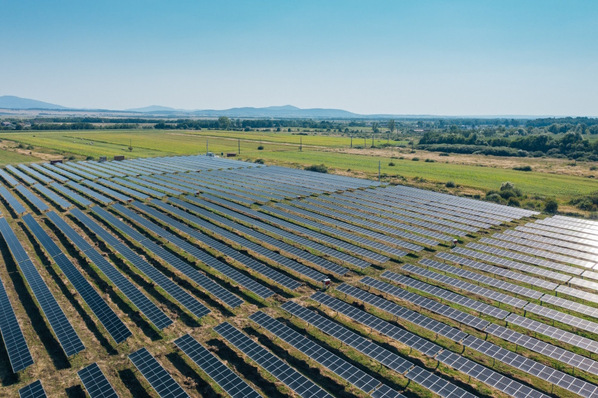Based in Taiwan and China, TrendForce is a provider of analysis in the high-tech industries and has recently investigated the impact of the outbreak of the COVID-19 virus (also commonly known as the coronavirus. TrendForce's analysis goes much further into other high-tech sectors, but here we will focus on those sectors related to solar energy.
Lithium-ion batteries
In terms of the main lithium-ion battery applications, the production of power battery cell and non-battery cell components diversifies and mostly comes from Japan, Korea and the US, which was less affected by the outbreak in China. For IT applications, the industry chain is highly concentrated in China, so they have been most affected by the outbreak so far.
Photovoltaics
According to TrendForce, the supply of key equipment such as modules and inverters will suffer the most damage from the coronavirus outbreak. Many raw materials involved in module production, namely, silicon wafers and other auxiliary materials, such as EVA, aluminium frames, and glass, are sourced from the Chinese supply chain, which is now constrained by both logistical problems and work resumption delays. Taiwanese manufacturers’ stockpile of raw materials from pre-Chinese New Year is expected to last until the end of February, at best. Whereas some manufacturers can rely on their factories in Southeast Asia for module and inverter production, manufacturers without such an option must look to other means of production and adapt to market situations accordingly.
Here is something that might help in some situations:
Upcycling second-life solar panels
Should the projects overseas be bound by deadlines for grid-connections, it is inevitable that they will be delayed due to supply shortage. This is due to suppliers’ temporary inability to maximize the manufacturing capacity in each link of the PV supply chain as well as the significant reduction in the volume of transportation and logistics services. For example, the projects in the Chinese and US markets must be completed before the grid-connection deadline, which is the end of March. However, the projects in the European market are not required to complete the installation by the first quarter. Judging from the current situation, all grid-connection projects will be postponed to the third quarter of this year.
Of course, it remains to be seen how severe the current outbreak will turn out to be and what impact that will have on supply chains the market overall. (mfo)







